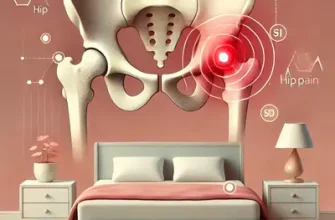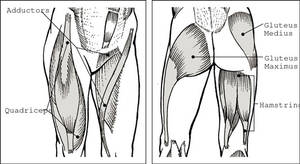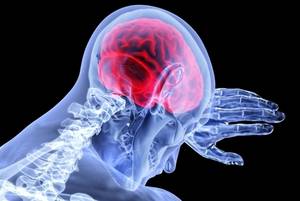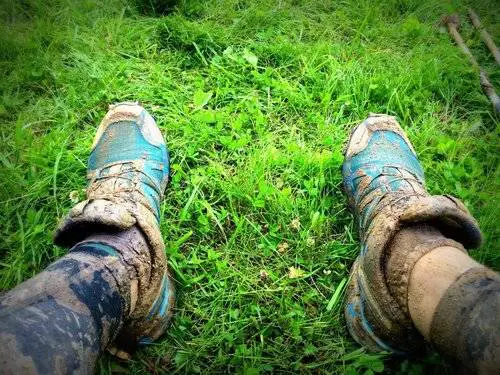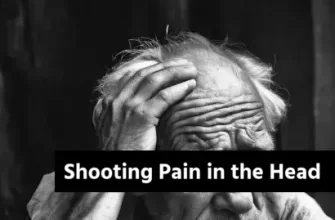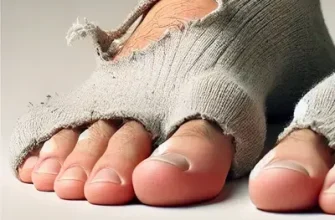Running is one of the most popular forms of exercise, offering numerous health benefits, from improved cardiovascular health to stress relief. However, for many runners—both seasoned athletes and weekend joggers—hip pain can be a frustrating and debilitating experience. So, what causes extreme hip pain after running, and how can you manage or prevent it?
Running Form Errors and Their Impact on Hips
This chart highlights the most common running form errors and their impact on hip health, with overstriding posing the highest risk at 70%.
What Causes Extreme Hip Pain After Running?
| Cause | Prevalence (%) |
|---|---|
| Hip Bursitis | 65% |
| Tendinitis | 50% |
| Stress Fractures | 35% |
| Labral Tears | 25% |
This chart illustrates the common causes of hip pain among runners, with hip bursitis being the most prevalent at 65% and labral tears at 25%.
1. Overuse Injuries
Repetitive motion and impact during running can strain the hip joint and surrounding muscles. Common overuse injuries include:
- Hip Bursitis: Inflammation of the fluid-filled sacs (bursae) that cushion the hip joint. Danger: Can cause persistent pain and swelling, limiting mobility if untreated. Rest and anti-inflammatory treatments are crucial.
- Tendinitis: Irritation or inflammation of the tendons around the hip due to repetitive stress. Danger: Ignoring this can lead to chronic inflammation, making it harder to resume pain-free running. Physical therapy can help alleviate symptoms.
- Stress Fractures: Tiny cracks in the bones, often caused by overtraining or insufficient recovery time. Danger: Can worsen into a full fracture if untreated, requiring extensive recovery time. Early diagnosis via imaging is essential.
2. Muscle Imbalances
Muscle imbalances, such as weak gluteal muscles or tight hip flexors, can alter your running mechanics and put additional strain on the hip joint. Danger: These imbalances increase the risk of joint misalignment, leading to chronic pain or injuries. Regular strength training and stretching can correct imbalances.
3. Poor Running Form
Improper running form, like overstriding or inadequate core stability, can lead to misaligned forces on the hips, resulting in pain. Danger: Poor form not only stresses the hips but also increases the likelihood of injuries throughout the legs and back. Professional gait analysis or coaching is highly recommended to address this issue.
4. Underlying Conditions
Sometimes, hip pain is a symptom of an underlying condition, such as:
- Arthritis: Degeneration of cartilage in the hip joint, common in older adults but not exclusive to them. Danger: Can lead to chronic pain and stiffness, significantly impacting mobility and quality of life if untreated.
- Labral Tears: Damage to the cartilage around the hip socket, often due to repetitive twisting motions. Danger: May cause persistent pain and instability in the joint, increasing the risk of arthritis if not addressed.
- Sciatica: Pain radiating from the lower back to the hip, caused by nerve compression. Danger: If left untreated, it can lead to numbness, muscle weakness, and difficulty performing daily activities.
How to Prevent Hip Pain from Running
| Prevention Method | Adoption Rate (%) |
|---|---|
| Dynamic Stretching | 75% |
| Strength Training | 60% |
| Proper Footwear | 80% |
| Gradual Mileage Increase | 50% |
This chart highlights the most common prevention methods adopted by runners, with proper footwear having the highest adoption rate at 80%.
1. Strengthen Supporting Muscles
Effectiveness: ★★★★ (4/5), Difficulty: Moderate
How to Achieve Results: Incorporate strength-building exercises like glute bridges, planks, clamshells, and side leg raises into your weekly routine. Perform these 3–4 times per week to improve hip stability and reduce strain during runs.
2. Stretch and Warm Up
Effectiveness: ★★★★★ (5/5), Difficulty: Easy
How to Achieve Results: Dedicate at least 5–10 minutes before running to dynamic stretches targeting your hip flexors, quads, and hamstrings. Follow with static stretches after your run to maintain flexibility and prevent stiffness.
3. Gradually Increase Intensity
Effectiveness: ★★★★ (4/5), Difficulty: Moderate
How to Achieve Results: Use the 10% rule to gradually increase your mileage or speed. This approach prevents overtraining and minimizes the risk of injury. Track your progress weekly and adjust accordingly.
4. Invest in Proper Footwear
Effectiveness: ★★★★ (4/5), Difficulty: Easy
How to Achieve Results: Replace running shoes every 300–500 miles to ensure proper support and cushioning. Choose shoes suited for your foot type and gait by consulting with a professional at a specialty running store.
5. Maintain Good Form
Effectiveness: ★★★★★ (5/5), Difficulty: Moderate
How to Achieve Results: Focus on a midfoot strike, a slight forward lean, and relaxed arms while running. Consider a gait analysis or coaching to refine your form and avoid undue stress on your hips.
Recovery and Treatment Options
1. Rest and Modify Activity
Effectiveness: ★★★★ (4/5), Difficulty: Easy
How to Achieve Results: Rest is one of the simplest and most effective ways to recover. Reduce your mileage significantly or switch to low-impact activities like swimming or cycling. Gradually reintroduce running once pain subsides, and listen to your body’s signals to avoid further injury.
2. Ice and Anti-inflammatory Measures
Effectiveness: ★★★★★ (5/5), Difficulty: Easy
How to Achieve Results: Apply an ice pack to the painful area for 15–20 minutes, 3–4 times a day, especially after activities. For inflammation, take over-the-counter NSAIDs like ibuprofen as directed. Combine this with rest for maximum results.
3. Physical Therapy
Effectiveness: ★★★★★ (5/5), Difficulty: Moderate
How to Achieve Results: Work with a licensed physical therapist to address specific issues like muscle imbalances or poor running form. They will provide personalized exercises and guidance to improve flexibility, strength, and running mechanics. Commitment to regular sessions and at-home exercises is key.
4. Professional Medical Evaluation
Effectiveness: ★★★★ (4/5), Difficulty: Moderate
How to Achieve Results: Schedule an appointment with a healthcare provider if pain persists or worsens. They may recommend imaging tests or specialized treatments, such as corticosteroid injections or surgery, for severe conditions like labral tears or stress fractures. Early diagnosis can prevent long-term damage.
Effectiveness of Recovery Methods
| Recovery Method | Effectiveness (%) |
|---|---|
| Rest and Activity Modification | 80% |
| Ice and Anti-inflammatory Measures | 90% |
| Physical Therapy | 85% |
| Professional Medical Evaluation | 75% |
This chart compares the effectiveness of various recovery methods, highlighting ice and anti-inflammatory measures as the most effective at 90%.
When to Seek Immediate Help
If you experience any of the following, it’s time to see a doctor:
- Sudden, severe pain that doesn’t improve with rest, especially if it worsens with movement or persists for more than a few days.
- Swelling or bruising around the hip, which could indicate internal bleeding or tissue damage.
- Difficulty walking or bearing weight on the affected leg, a potential sign of a fracture or severe joint injury.
- Pain accompanied by fever, chills, or redness around the hip (a potential sign of infection or septic arthritis).
Editorial Advice
- Consistency Over Intensity: According to health care advisor Reyus Mammadli, “Running isn’t about how fast you can go but how well you can sustain it. Take your time to build strength and endurance—your hips will thank you.”
- Listen to Your Body: Pain is your body’s way of signaling that something is wrong. Don’t ignore it.
- Don’t Skip the Warm-Up: Think of a warm-up as a cup of coffee for your muscles—essential to wake them up and prepare them for the day’s work.
- Invest in Recovery: Recovery tools like foam rollers, massage guns, and stretching bands are not luxuries—they’re necessities for runners.
Running is a joy that should be pain-free. By understanding the causes of hip pain, taking preventive measures, and adopting proper recovery strategies, you can keep your running routine enjoyable and injury-free.




